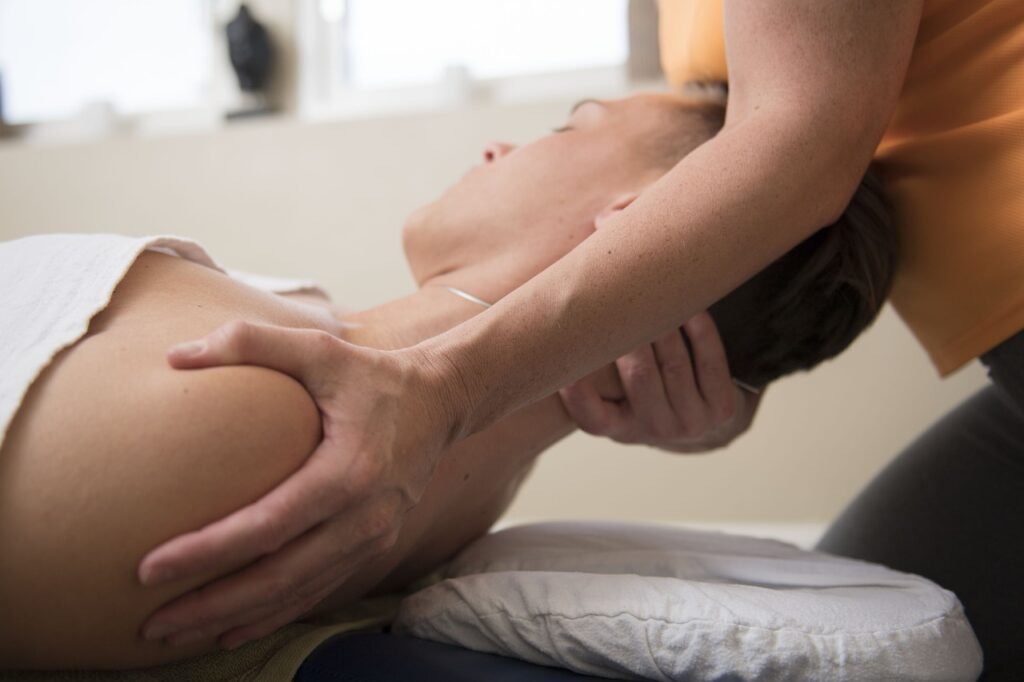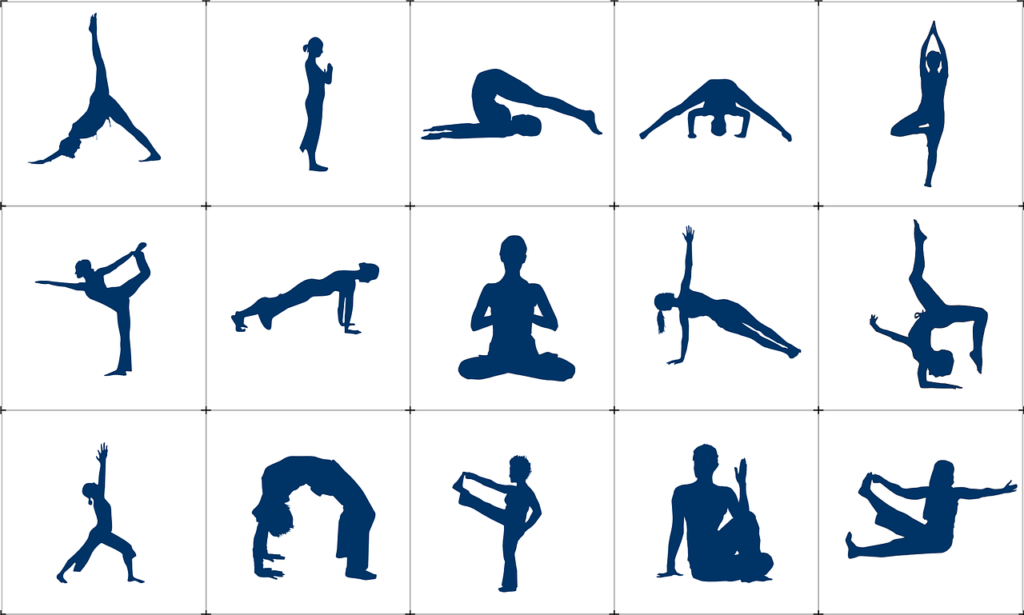Introduction to Cervical Spondylosis
Cervical spondylosis is a degenerative condition affecting the cervical region of the spine, resulting from the deterioration of intervertebral discs and compression of nerves.Cervical spondylosis, also known as cervical osteoarthritis or neck arthritis, is a common condition that affects the joints and discs in the cervical spine, causing pain, stiffness, and discomfort. In this comprehensive guide, we will explore the various aspects of cervical spondylosis, including its symptoms, causes, diagnosis, and treatment options.
Understanding Cervical Spondylosis
The spine, often referred to as the backbone of the body, comprises 24 vertebrae stacked on top of each other, with intervertebral discs acting as shock absorbers. Cervical spondylosis occurs due to the narrowing of space between cervical vertebrae, leading to nerve compression and associated symptoms.Cervical spondylosis is an age-related condition characterized by the wear and tear of cartilage and bones in the neck. It develops gradually over time and is more prevalent in individuals aged 60 and older. While some people may never experience symptoms, others may suffer from chronic pain and stiffness. However, many individuals with cervical spondylosis can still carry out their daily activities without significant limitations.
What is Cervical Spondylosis?
Cervical spondylosis is an age-related condition characterized by the wear and tear of cartilage and bones in the neck. It develops gradually over time and is more prevalent in individuals aged 60 and older. While some people may never experience symptoms, others may suffer from chronic pain and stiffness. However, many individuals with cervical spondylosis can still carry out their daily activities without significant limitations.
Causes of Cervical Spondylosis
Several factors contribute to the development of cervical spondylosis, including:
- Bone Spurs: Overgrowths of bone can develop in the spine, pressing on delicate areas such as the spinal cord and nerves, leading to pain.
- Dehydrated Spinal Discs: The gel-like material inside spinal discs can dry out over time, causing the bones to rub together and resulting in pain.
- Herniated Discs: Cracks in spinal discs can allow leakage of internal cushioning material, which may press on the spinal cord and nerves, causing arm numbness and pain.
- Injury: Trauma to the neck, such as from falls or car accidents, can accelerate the aging process and contribute to cervical spondylosis.
- Ligament Stiffness: Stiffening of the ligaments connecting spinal bones can affect neck movement and cause tightness.
- Overuse: Repetitive neck movements or heavy lifting, common in certain occupations or hobbies, can accelerate wear and tear on the spine.

Risk Factors for Cervical Spondylosis
The primary risk factor for cervical spondylosis is aging. Other factors that increase the risk include:
- Neck injuries
- Work-related activities involving heavy lifting
- Prolonged neck strain or repetitive stress
- Genetic predisposition
- Smoking
- Being overweight and physically inactive
Symptoms of Cervical Spondylosis
Symptoms of cervical spondylosis can vary from mild to severe and may include:
- Pain around the shoulder blade
- Pain along the arm and fingers
- Muscle weakness, making it difficult to lift arms or grasp objects firmly
- Stiff neck that worsens over time
- Headaches, particularly at the back of the head
- Tingling or numbness in the shoulders, arms, or legs
- Loss of balance or bladder/bowel control (less common but serious symptoms)

When to See a Doctor
Seek medical attention immediately if you experience sudden onset numbness or tingling in the shoulder, arms, or legs, or if you lose bladder or bowel control. If pain and discomfort interfere with daily activities, consult a doctor for evaluation and treatment options.
Diagnosis of Cervical Spondylosis
Diagnosis involves ruling out other potential conditions and may include:
- Physical examination to assess reflexes, muscle strength, and neck motion
- Imaging tests such as X-rays, CT scans, or MRI scans to visualize the spine and identify abnormalities
- Nerve function tests including electromyogram (EMG) and nerve conduction study
Treatment Options
Treatment aims to relieve pain, reduce the risk of permanent damage, and improve quality of life. Conservative treatments include:
- Physical Therapy: Stretching exercises and neck traction to strengthen muscles and alleviate pain.
- Medications: Muscle relaxants, pain relievers, anti-inflammatory drugs, and steroid injections to manage pain and inflammation.
- Surgery: Reserved for severe cases unresponsive to other treatments, involving removal of bone spurs or herniated discs.
Home Treatment
Mild cases of cervical spondylosis may benefit from home remedies such as:
- Over-the-counter pain relievers
- Heat or cold therapy
- Regular exercise
- Soft neck braces for temporary relief
Outlook for Cervical Spondylosis
While cervical spondylosis cannot be reversed, conservative treatments can effectively manage symptoms and improve function. With proper medical care and lifestyle modifications, individuals with cervical spondylosis can lead active and fulfilling lives.
In conclusion, cervical spondylosis is a common condition that affects the neck joints and discs, causing pain and stiffness. By understanding its symptoms, causes, diagnosis, and treatment options, individuals can make informed decisions about managing their condition and improving their quality of life.
Symptoms
Common symptoms of cervical spondylosis include persistent and severe pain in the neck, shoulders, and head, along with stiffness and restricted mobility. Numbness, tingling sensations, and weakness in the arms or hands may also occur.
Causes
Several factors contribute to the development of cervical spondylosis, including past injuries, poor posture, incorrect nutrition, sedentary lifestyle, and lack of exercise. Stress and emotional strain can also exacerbate muscle spasms, leading to further complications.
Treatment Options
While medications can provide temporary relief from pain and muscle relaxation, they do not address the underlying degenerative process. Instead, emphasis should be placed on safety measures, including regular exercise and ergonomic practices to alleviate symptoms and prevent further deterioration.
Preventive Measures
Preventing and outbreaks requires rigorous water purification measures, proper sanitation practices, and hygiene education. Regular handwashing, thorough washing of fruits and vegetables, and avoiding uncooked foods are crucial in preventing cholera transmission. Additionally, maintaining clean water sources and proper waste disposal are essential for controlling the spread of the disease.

Dietary Recommendations
A nutrient-rich diet is crucial for maintaining bone health and preventing. Foods rich in proteins, vitamin C, vitamin D, calcium, phosphorus, and essential trace minerals should be prioritized, while fatty, spicy, and processed foods should be avoided.
Natural Remedies and Therapies
Natural remedies like garlic capsules and oil massage can provide relief from pain and inflammation associated with it. Lemon juice mixed with salt and chebulic myrobalan are also effective in reducing symptoms. Additionally, therapies such as hot fomentation and exposure to infrared rays can help alleviate discomfort.

Yogic Asanas for Cervical Spondylosis
Yogic asanas play a significant role in managing this problem by improving flexibility, strengthening muscles, and relieving tension in the neck and shoulders. Poses like Bhujangasana, Shalabhasana, Vakrasana, Uttanpadasana, and Shavasana are particularly beneficial in parks.
Conclusion
though debilitating, can be managed effectively through a combination of conventional and natural treatment approaches. By adopting healthy lifestyle habits, dietary modifications, and regular exercise, individuals can alleviate symptoms and improve their quality of life.

Unique FAQs
- Can cervical spondylosis be completely cured?
- While cervical spondylosis is a degenerative condition, its symptoms can be managed effectively with proper treatment and lifestyle changes. However, complete cure may not always be possible.
- Are there specific exercises to avoid for cervical spondylosis patients?
- Yes, it is patients should avoid exercises that involve excessive neck movement or strain, such as heavy weightlifting or high-impact activities like jumping.
- Is surgery the only option for severe cases of cervical spondylosis?
- Surgery is typically considered as a last resort for severe cases of this problem that do not respond to conservative treatments. However, most cases can be managed without surgical intervention.
- How long does it take to see improvement with natural remedies for cervical spondylosis?
- The time taken to see improvement with natural remedies varies from person to person, depending on the severity of symptoms and individual response to treatment. Consistency and patience are key.
- Can cervical spondylosis lead to permanent disability?
- In rare cases, untreated or severe cervical spondylosis may lead to permanent nerve damage and disability. However, early diagnosis and appropriate treatment can significantly reduce the risk of long-term complications.
